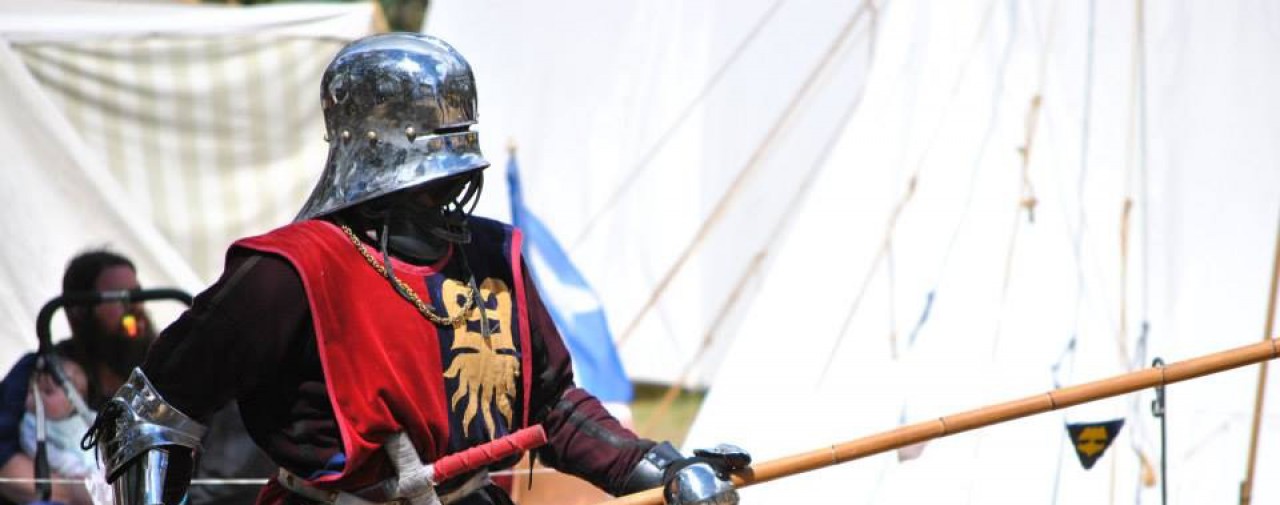Last week I was at Lochac Knights School. There were about 70 participants and teachers all gathered to further their understanding of SCA combat. I was a good weekend with some interesting observations. I may write something about this soon.
In the meantime I offer here a small story about how a cat can catch a rat. It is originally a kendo/Japanese tale, changed here only a little.
Once upon a time, there was a man called Nicolas who lived in a small village near Gent. He lived alone in his house except for a great, big rat.
He asked his friend if he could borrow three alley cats from him as he knew alley cats were good at catching rats. One of them was extremely quick, the other one was full of fighting spirit and the third one was good at catching rats from any distance. However, none of them could catch the big rat.
After a while, Nicolas heard that there was a famous old cat living in the next village who was good at catching rats. “That’s it!” he thought to himself, “I will get that cat to catch my rat.” He brought the cat back home with him the next day.
The old cat didn’t look like he could catch anything. He didn’t look fast or quick or clever. The rat continued in his insolent way and ran around the house as he pleased, but as soon as the old cat walked into the house, the rat suddenly ran to a corner of the room and stopped moving. He was as still as a stone. The old cat slowly walked up to the rat and caught it easily.
The three alley cats were really surprised. They had never seen a cat quicker or faster or more clever than them. And this one certainly didn’t look like he could do the job. Later that night, Nicolas saw the three cats with many other cats sitting around the old cat listening to his story.
The youngest cat said, “I have a lot of techniques and I can move really fast. But that didn’t work.” “I see.” The old cat said. “It seems you have just learned the technique. That’s why you couldn’t get him. Speed is not everything. If you are obsessed about catching your target quickly, you may think speed is most important. You certainly need speed to use your technical skills, but this it is not just quick action.” The old cat continued, “You have to try to watch for the time your opponent is about to lose concentration. This the real technique. Chance is not always visible. You have to feel it.”
Then, another older cat said “I am working hard to control my mind and give mental pressure to my opponent. I always use my mind to the utmost when I fight. I initiate the fight and then I attack. Therefore, I have never lost before. But it didn’t work on the big rat. I wonder why.” “I see.” The old cat said. ”Your fighting spirit is the same as a flood. Nothing more will come out once all the water is gone. You should remember that there are two different kinds of energy. One is the force of circumstance. This is limited. And the other is force from spirit. It is unlimited. The big rat was fighting to death. Its force was from spirit. Showing aggression is not an energy force.”
The third cat came out in front of the old cat and said “I use spirit and distance well for fighting. I don’t attack in the fight. If the opponent moves forward, I step back. If the opponent moves back, I move forward and always keep the same distance”. The old cat said “I see. That is not the spirit for fighting. It is merely coexistence”.
The cats seemed to understand and agreed with what the old cat said. Then the three cats said that it was the old cat’s turn to tell them his technique. The old cat said, “Now I will tell you what I did. There was nothing in my mind. I just let it happen.”
